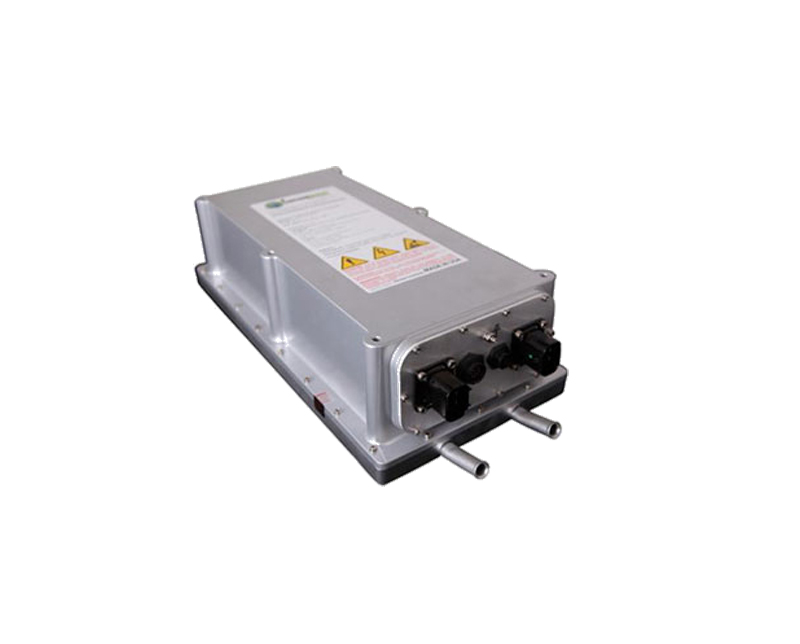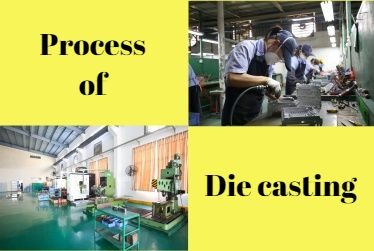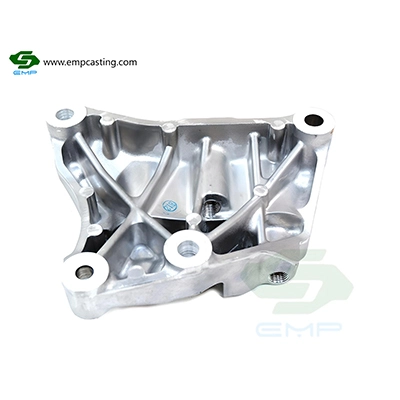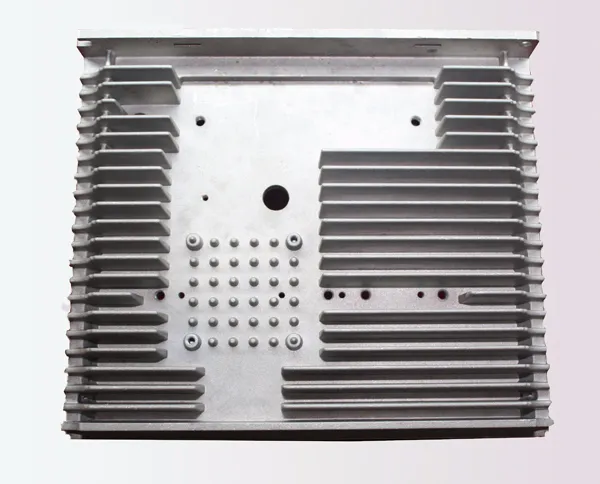

In the casting and molding process of aluminum alloy die castings, defects such as pores, flow marks, scratches, dents, cracks, under-casting, etc. are easy to occur. These defects deteriorate the appearance quality and mechanical properties of die castings. In order to avoid the above problems in the die-casting molding process, structural designers need to evaluate the plan in advance during the structural design of die-casting parts, and rationally layout the parts in the structural design, and reduce the defects to a minimum by optimizing the structure.
The design rationality of aluminum alloy die casting is related to the entire die-casting molding process. Therefore, when designing die castings, the design, the structural characteristics and the process requirements should be fully considered, so as to reduce the defects of the designed die castings in the process of die-casting forming and improve its quality to the greatest extent by the optimal design scheme.
1. Reasonable design of die casting wall thickness
In the structural design of aluminum alloy die castings, the wall thickness must be fully considered. Wall thickness is a factor of special significance in the die casting process. If the design wall thickness is too thick, there will be external surface defects such as shrinkage hole, sand hole, porosity and coarse internal grain, which will decrease the mechanical performance and increase the quality of parts, leading to the increase of cost. If the design wall thickness is too thin, it will cause poor filling of liquid aluminum and formation, so that the aluminum alloy is not well-dissolved, and defects such as difficulty in filling the surface of the casting and lack of material are prone to occur, bringing difficulties to the die casting process.
2. Reasonable design of reinforcement ribs for die castings
Large-plane or thin-walled die castings have poor strength and rigidity, and they are easy to deform. However, the use of stiffeners can effectively prevent the die-casting from shrinking and breaking, eliminate deformation, and enhance the strength and rigidity of the die-casting. For over-high column, platform and other structures, the reinforcement can be used to improve the stress distribution and prevent root fracture. At the same time, the reinforcement can assist the flow of molten metal and improve the filling performance of castings.
3. Reasonable design of the angle of die casting
The the aluminum alloy die-casting inclination is to reduce the friction between the casting and the mold cavity and to take out the casting easily. In general, the exiting inclination of the outer surface of the die casting is about 1/2 of the exiting inclination of the inner cavity, but in the actual design, the exiting inclination of the inner and outer surface of the die casting can be designed as the same, so as to maintain uniform wall thickness and simplify the structural design.
4. Reasonable design of machining allowance
Machining should be avoided in the design of die casting for it will destroy the dense layer on the surface of parts and affect the mechanical properties of them. Machining will also expose the internal pores of the die casting, affect the surface quality, and increase the cost of the parts. When machining of die-casting parts cannot be avoided, the design with larger cutting volume should be avoided as much as possible, and the structure design should be as easy as possible for machining or reducing the machining area and the machining cost.
5. Spray design of aluminum alloy die castings
The surface spraying design of aluminum alloy die castings generally adopts the powder spraying process. The principle is electrostatic powder spraying: the paint is mainly polarized by electrodes, and then the object to be sprayed is charged with opposite charges, and the powder is uniformly attached to the surface of the object under the action of the electric field. The characteristics of powder spraying process: powder electrostatic spraying will not cause air pollution; powder can be recycled to reduce material consumption costs, and the coating film has good acid, alkali and corrosion resistance.


